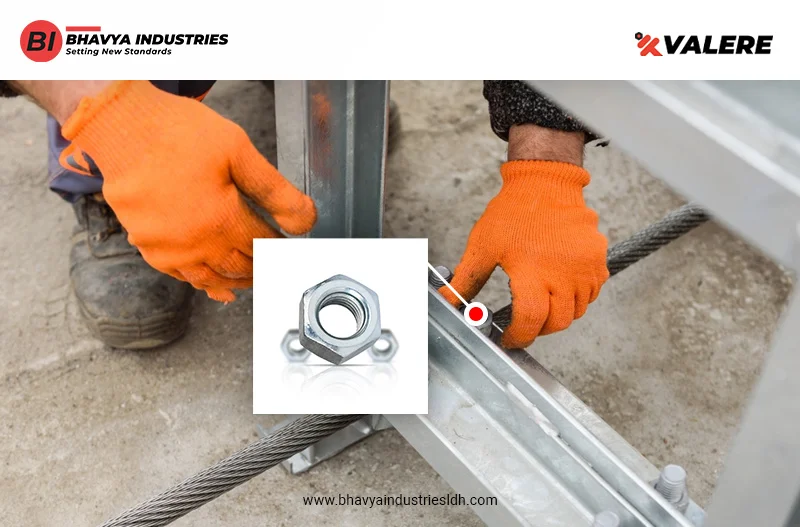Introduction
Industrial nuts are fundamental components used in various applications across industries, from construction to machinery and manufacturing. Ensuring their proper installation and fastening is critical for maintaining stability and safety in any project. At Bhavya Industries, a renowned manufacturer and trader of industrial components, we understand the significance of correct installation techniques. In this guide, we’ll walk you through the essential steps to properly install and fasten industrial nuts, promoting stability and safety in your operations.
Bhavya Industries: Your Trusted Partner in Quality
Before we dive into the installation process, let’s emphasize Bhavya Industries’ commitment to delivering top-quality industrial components. With our extensive experience and unwavering dedication to excellence, we are your trusted source for reliable industrial nuts and fasteners.
Steps for Proper Installation and Fastening
1. Select the Right Nut: Begin by selecting the appropriate industrial nut for your application. Consider factors such as material, size, and threading specifications. Ensure the nut matches the bolt or threaded rod you plan to use.
2. Inspect Threads: Before installation, inspect the threads on both the nut and the mating bolt or rod. Any damage or irregularities can affect the nut’s ability to fasten securely.
3. Clean Threads: Remove any dirt, debris, or contaminants from the threads. Clean threads ensure a proper fit and reduce the risk of damage during installation.
4. Hand Thread Initially: Begin threading the nut onto the bolt or rod by hand. This initial threading ensures that the nut aligns correctly with the threads and reduces the risk of cross-threading.
5. Use the Right Tool: Once the nut is hand-tightened, use the appropriate tool, such as a wrench or socket, to further tighten it. Ensure that the tool fits snugly on the nut to prevent slipping or damaging the edges.
6. Torque to Specifications: For critical applications, consult the manufacturer’s specifications or industry standards for recommended torque values. Using a torque wrench, apply the specified torque to the nut to achieve the desired level of tightness. Over-tightening can lead to deformation and compromised safety.
7. Inspect the Fastening: After installation, inspect the fastening to ensure it is secure and properly aligned. Verify that there is no wobbling or play in the nut.
8. Secure with Locking Devices: In applications where vibrations or dynamic forces are present, consider using locking devices such as lock washers, nylon inserts, or adhesive thread locker to prevent unintentional loosening.
9. Regular Maintenance: Implement a maintenance schedule to periodically inspect and re-tighten industrial nuts as needed. This is especially important in applications where vibrations or temperature variations can affect fastening integrity.
10. Replace Damaged Nuts: If you encounter damaged or worn-out nuts during inspections, replace them promptly to maintain safety and stability.
Conclusion
Properly installing and fastening industrial nuts is a fundamental aspect of any project, ensuring stability, safety, and reliability. By following these steps and adhering to industry standards, you can significantly enhance the performance and longevity of your industrial applications. At Bhavya Industries, we are dedicated to delivering high-quality industrial components, including nuts, that meet stringent quality standards. Explore our comprehensive range of products and experience the Bhavya Industries difference for yourself.



